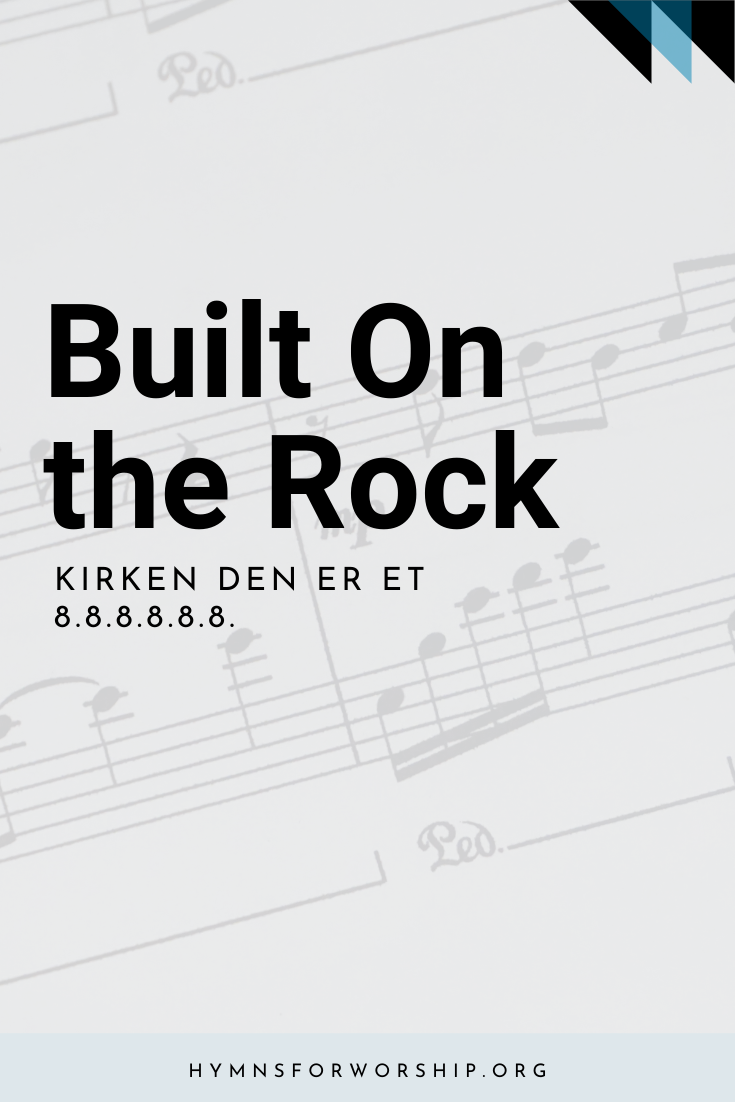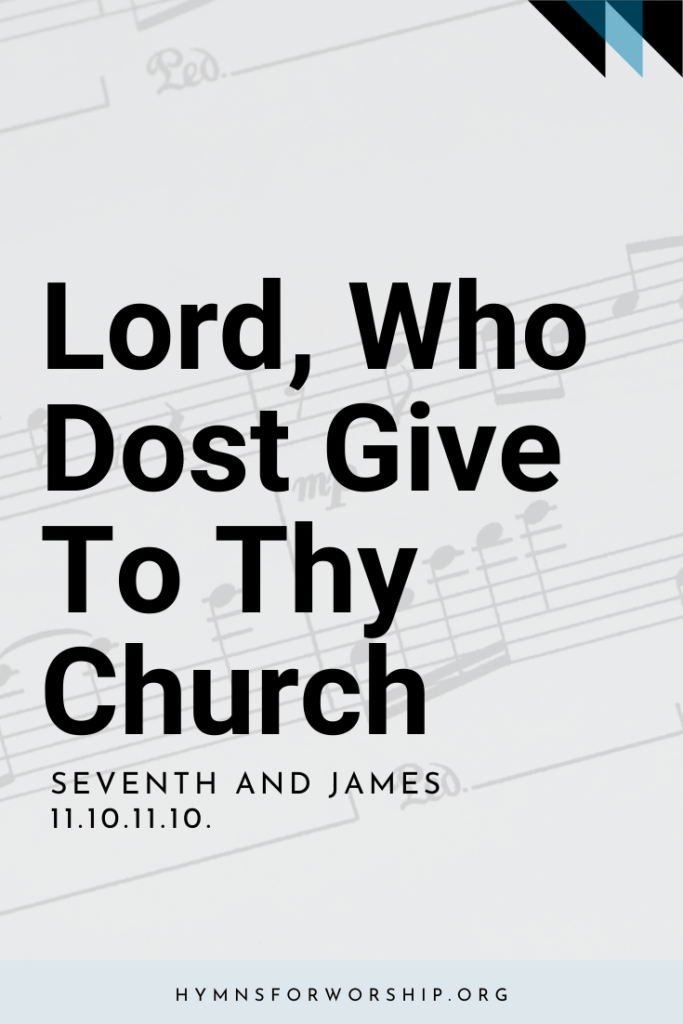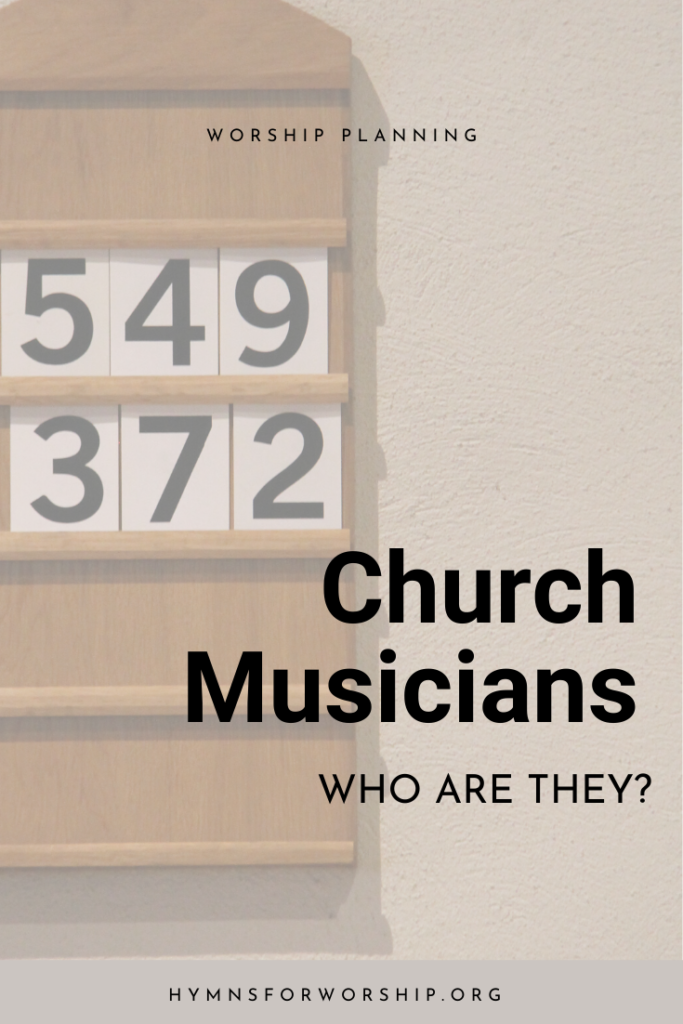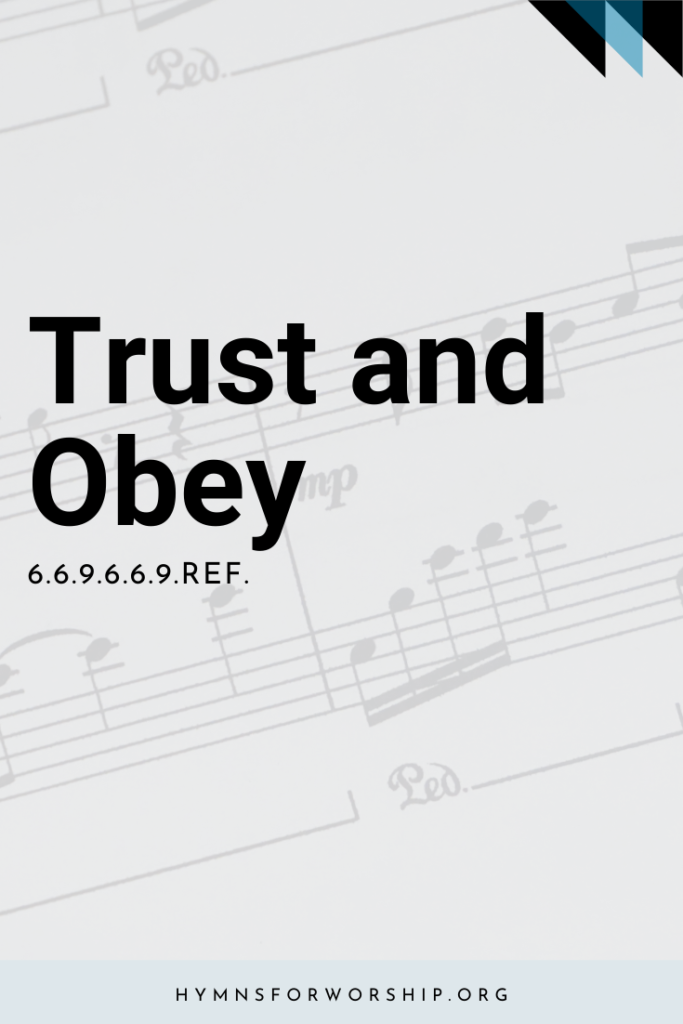CHRISTIAN CHURCH >> COMMUNITY IN CHRIST
SDAH 347
Built on the Rock the Church shall stand,
Even when steeples are falling;
Crumbled have spires in every land,
Bells still are chiming and calling
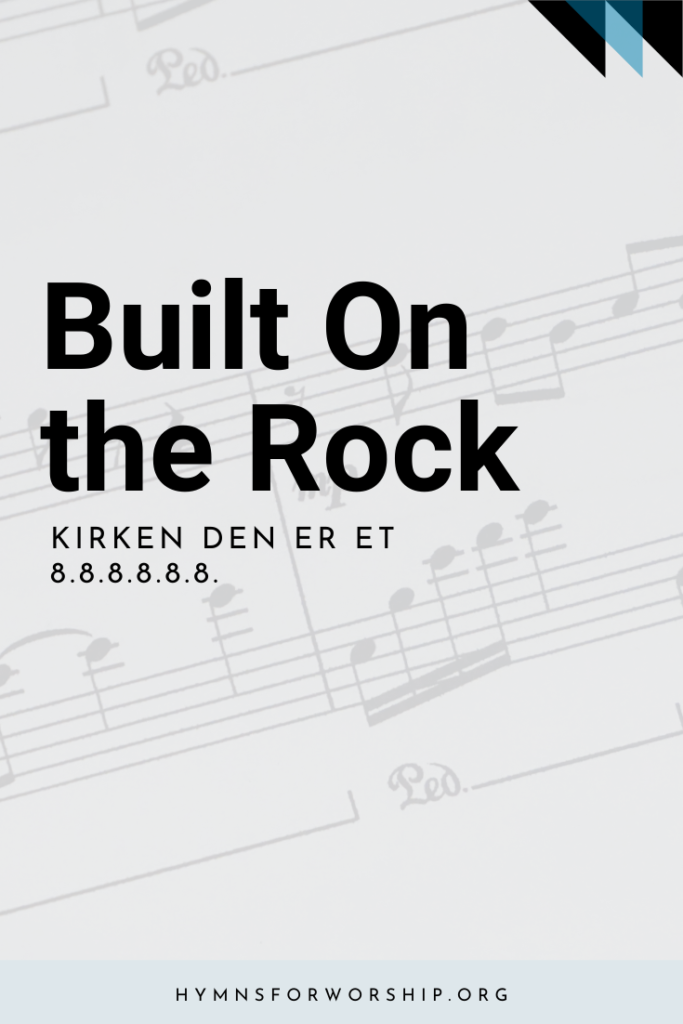

Text
1
Built on the Rock the Church shall stand,
Even when steeples are falling;
Crumbled have spires in every land,
Bells still are chiming and calling
Calling the young and old to rest,
Calling the souls of those distressed,
Longing for life everlasting.
2
Not in our temples made with hands
God, the Almighty, is dwelling;
High in the heav’ns His temple stands,
All earthly temples excelling.
Yet He who dwells in heav’n above
Deigns to abide with us in love,
Making our bodies His temple.
3
We are God’s house of living stones,
Built for His own habitation;
He fills our hearts, His humble thrones,
Granting us life and salvation.
Were two or three to seek His face,
He in their midst would show His grace,
Blessings upon them bestowing.
4
Yet in this house, an earthly frame,
Jesus His children is blessing;
Hither we come to praise His name,
Faith in our Savior confessing.
Jesus to us His Spirit sent,
Making with us His covenant,
Granting His children the kingdom.
5
Thro‘ all the passing years, O Lord,
Grant that, when church bells are ringing,
Many may come to hear God’s Word
Where He this promise is bringing:
I know My own, My own know Me:
You, not the world, My face shall see;
My peace I leave with you. Amen.

Hymn Info
Biblical Reference
(a) Matt 16:18 (b) Acts 7:48; 1 Kings 8:27; 1 Cor 3:16 (c) 1 Pet 2:5; Matt 18:20 (d) John 16:13 (e) Heb 13:8
Author
Nikolai F.S. Grundvig (1783-1872)
Translator
Carl Doving (1867-1937) adapt.
Copyright
Words copyright 1958 Service Book and Hymnal. Used by permission of Augsburg Publishing House.
Hymn Tune
KIRKEN DEN ER ET
Metrical Number
8.8.8.8.8.8.
Composer
Ludvig M. Lindeman (1812-1887)

Get the hymn sheet in other keys here
Notes
Make each hymn more meaningful with these helpful tools: Short, ready-to-use hymn introductions for church bulletins, multiple ways to introduce a hymn based on your worship theme and in-depth history and insights to enrich your song service.

